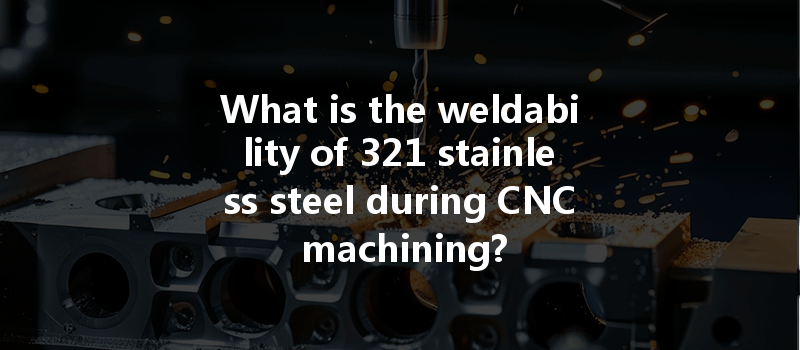In the world of precision engineering, CNC machining (Computer Numerical Control machining) is a vital process for shaping and fabricating components across various industries. Among the myriad materials used in this process, stainless steels hold a significant place, particularly due to their corrosion resistance and overall strength. One such material, stainless steel 321 (UNS S32100), stands out due to its unique features and applications. This article will explore the weldability of 321 stainless steel during CNC machining, examining its relevance, characteristics, and providing practical guidance for engineers and machinists. At YL Machining, we strive to offer insights and expertise to enhance your understanding and application of CNC machining technologies.
Understanding 321 Stainless Steel
Before delving into weldability, it is essential to understand 321 stainless steel itself. This alloy is a stabilized version of 304 stainless steel that contains titanium as a stabilizing agent, which improves its high-temperature performance and oxidation resistance. Typically composed of 17-19% chromium, 9-12% nickel, and around 5% titanium, the addition of titanium helps prevent carbide precipitation during welding and high-temperature service, enhancing the alloy’s overall performance.
321 stainless steel is particularly beneficial in applications that involve moderate to high temperatures and corrosive environments, such as those found in the aerospace and chemical processing industries. The material exhibits excellent mechanical properties, including good ductility and high yield strength, making it suitable for forming and machining processes.
The Importance of Weldability
Weldability is a critical factor in the fabrication of components, especially when they need to join different parts or be integrated into structures. It refers to the ability of a material to be welded under the fabrication conditions into a suitable structure. Good weldability is essential for mechanical strength, reliability, and cost efficiency.
For 321 stainless steel, its weldability is particularly notable due to its resistance to intergranular corrosion following welding. This characteristic enhances durability and performance in various applications where welded joints are prevalent.
Evaluating the Weldability of 321 Stainless Steel
When assessing the weldability of a material, several criteria must be considered:
321 stainless steel possesses several characteristics that enhance its weldability:
Welding Processes Compatible with 321 Stainless Steel

Several welding processes can efficiently be used for 321 stainless steel, including:
Each of these methods has its set of specifications and required filler materials. Generally, when welding 321 stainless steel, it is advisable to use a filler material with a composition similar to that of the base metal, such as ER321 or matching filler rods.
Essential Considerations During Welding
While 321 stainless steel has favorable welding characteristics, certain precautions should be kept in mind to ensure optimal results:
Common Challenges in Welding 321 Stainless Steel
While the weldability of 321 stainless steel is generally advantageous, some challenges may arise:
The weldability of 321 stainless steel during CNC machining is a complex interplay of chemical composition, welding techniques, and environmental factors. Owing to its titanium stabilization, low carbon content, and excellent mechanical properties, this alloy displays favorable characteristics that lend themselves well to various welding processes and applications.
As industries increasingly favor materials that withstand both elevated temperatures and corrosive environments, understanding and leveraging the weldability of 321 stainless steel is paramount for engineers and machinists alike. By considering the nuances of welding methods, preparation, and post-processing, producers can assure the structural integrity and longevity of fabricated components.
By investing in the right techniques and maintaining a thorough understanding of the materials involved, businesses like YL Machining can optimize their production processes and remain competitive in the evolving landscape of CNC machining. Through continuous research and development, we aim to guide clients toward effective solutions that enhance their project outcomes while assuring them of quality and expertise.
Whether dealing with CNC machining or specific applications, remember that informed decisions based on a comprehensive understanding of materials like 321 stainless steel are crucial for ongoing success and innovation in the field.






